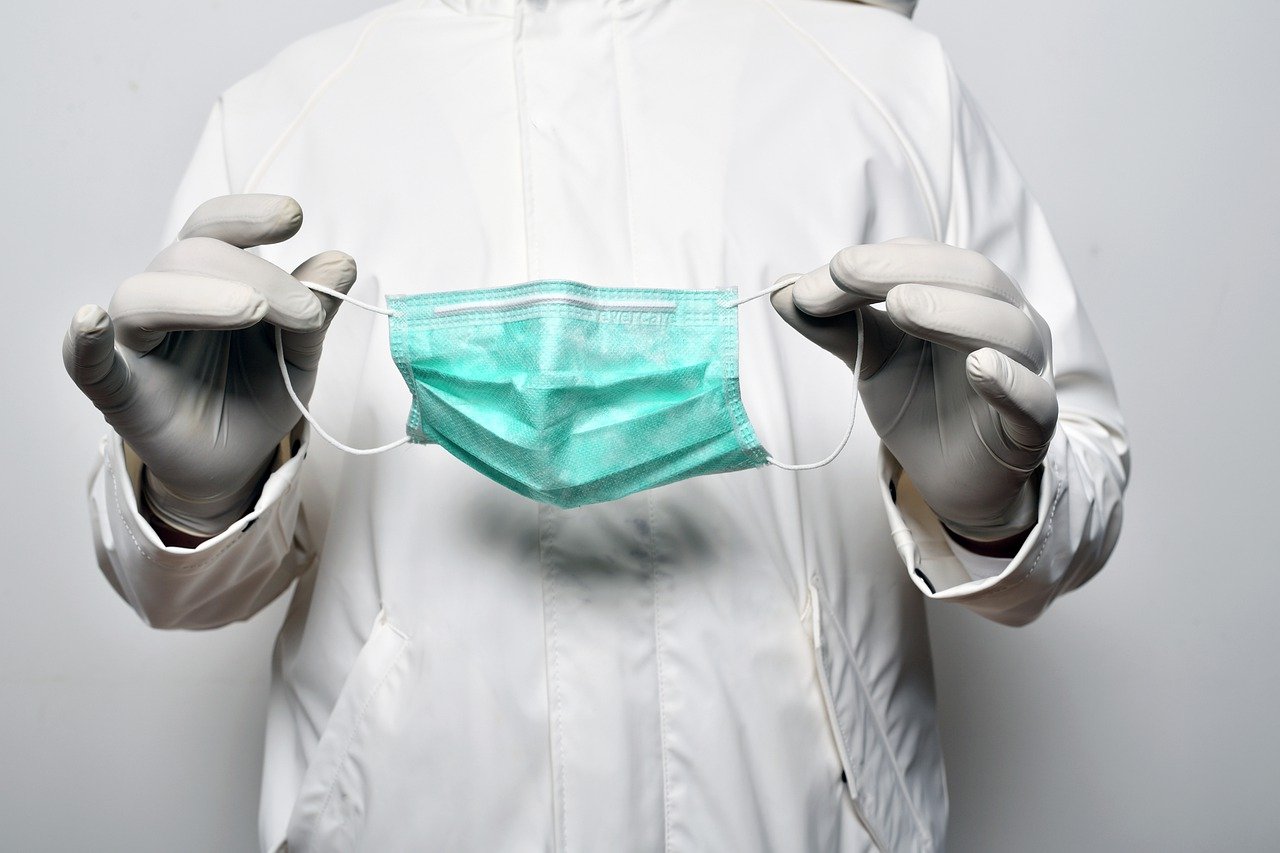Recently, the Centre for Disease Control and Prevention, the World Health Organization, and other major health authorities have updated their official guidelines on prevention of COVID-19 and added that common people should also opt for wearing fabric masks when going outdoors for any purpose.
The instruction is especially recommended to those who have jobs that require constant engagement with the public such as shop keepers and customer handling services.
Initially, whether a face mask should be worn by people outside of the medical field usually had divided views from health experts.
While many suggested it as an additional preventive measure that can be taken, others deemed it fundamental only for people who display symptoms of COVID-19 including coughing as sneezing as the mask will then stop droplets from landing on other people.
RELATED: GSK and Sanofi Collaborate to Develop COVID-19 Vaccine
Now, the vast majority agree to wear face masks, especially in public spaces. In fact, researchers at Harvard Health have emphasized the statistics and data which corroborate face masks’ effectiveness in controlling health pandemics.
However, it is also important to note that the health experts and authorities both recommend using only fabric masks when heading outdoors for people who are not working in medical fields.
N95 and other specialized masks are only required if a person is working in the first line of healthcare for COVID-19. Due to the lack of availability of N95, medical teams around the world are finding it difficult to treat coronavirus patients while preventing the infection themselves.
Therefore, even if the mask is available at a certain point during the COVID-19 pandemic, it is better to still stick to fabric masks and leave them for healthcare workers.
Not only will this help in avoiding any further shortages of the mask but also save the common people from the damaging effects of constantly wearing a specialized mask.
After buying a fabric mask, a number of guidelines should also be followed to ensure the mask is actually helping in preventing the infection.
For instance, the fitting of the mask plays a fundamental role in determining its effectiveness. Often, ill-fitted masks can damage the skin as well as not provide any protection.
Ideally, a mask should be snuggle the face but it should not cause any difficulty in breathing. While gaps should be avoided, it is also important for the mask to be comfortable and not lead to other issues.
Secondly, the mask should also be large enough to cover the mouth and the nose properly along with having a proper fitting as these are the areas from which most viruses including COVID-19 enter and infect the body.
Therefore, it is also better to not touch the face immediately after returning and removal of the mask. In fact, experts recommend washing hands before and after wearing or taking off the mask.
Since it is known that COVID-19 can survive on inanimate objects such as a face mask for a period of seventy-two hours, a common question raised by many people is on cleaning and de-sanitizing the mask.
The most effective way to clean a mask usually would be washing in a machine with hot water and detergent. However, for extra precautions, the mask should be left for seventy-two hours in rotation but this method only works with multiple masks.
It is better to keep three to four masks to avoid re-using if the mask is known to be infected by COVID-19. Lastly, make sure to wash the face before and after wearing the mask.
A hydrating cream should also be used prior to wearing fabric masks to avoid any skin damage from constantly using the mask.


